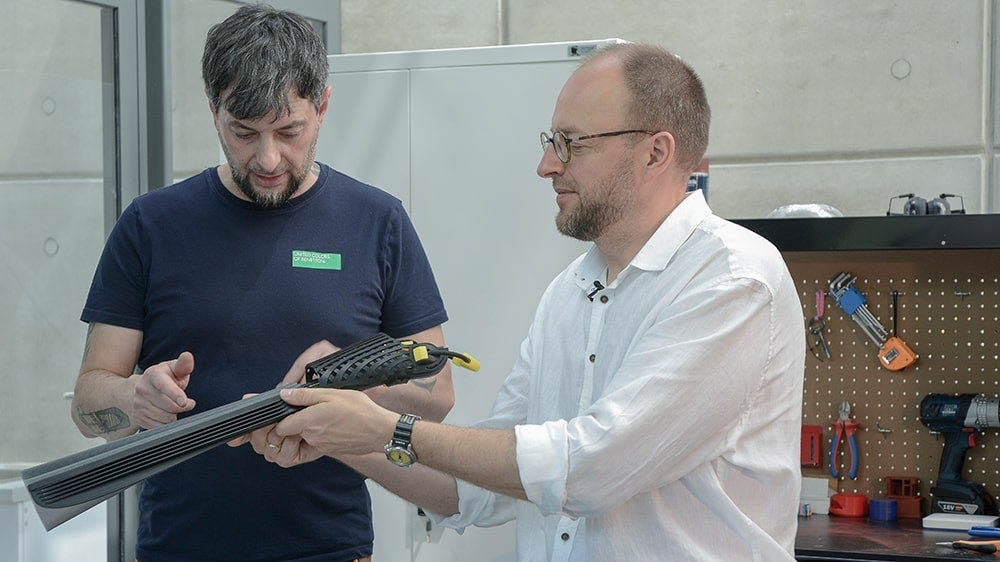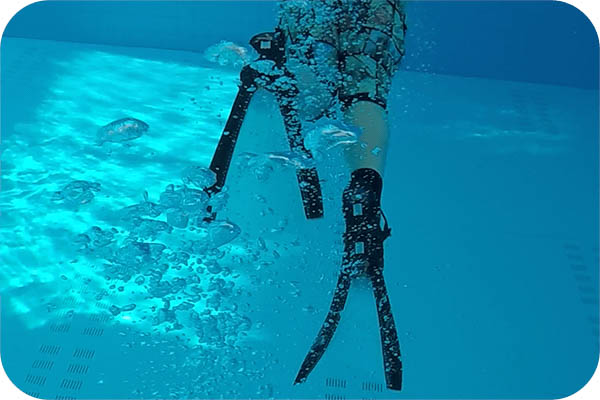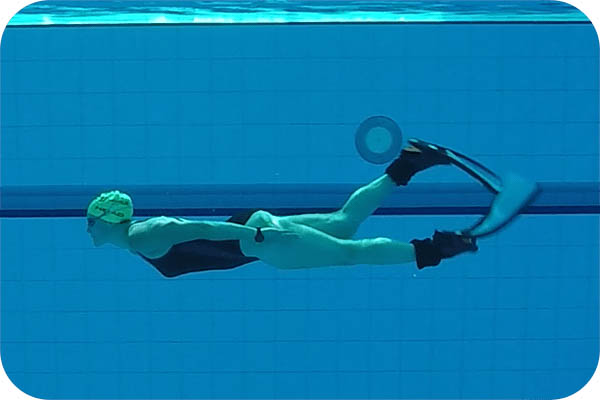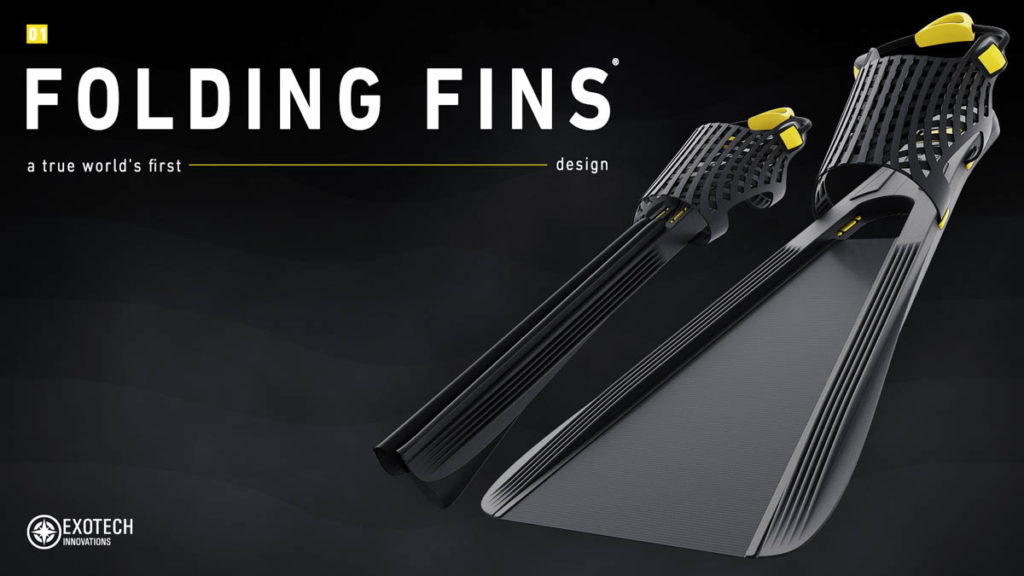For decades, fins have been heavy, bulky and difficult to transport. Nobody thought about solving this problem nor had a significant idea for it. Moreover, the materials available on the market have not given way to create an optimal solution so far.
When the opportunity arose, a group of engineers and scientists decided to take up the challenge and create the solution – folding fins!
An idea born out of utility reasons.
We can observe that most inventions over the centuries have arisen from one unique impulse in the inventor’s head – a subconscious signal, the need to solve a problem. And so it was in this case, the need to pack fins into luggage created folding fins. Until now it was impossible and gave divers and swimmers headaches. The problem was answered thanks to the right people meeting at the right time and place.
But how they managed to do it?
The approach to the topic was not simple, but experienced scientists from the Naval Academy and inventive engineers developed preliminary 3D models and checked the assumptions in flow simulations. To ensure transparency throughout the experiment scientists worked on excluding the ambiguous measurements coming from diver oxygen consumption which depends on metabolic processes, physical condition, training status and neuromuscular factor on the day of diving. What is more, the difficulties in assessing fin parameters are mainly caused by a strongly nonlinear interaction between flexible fin and fluid. Even if any laboratory test stand is designed and used for fin parameter experimental verification, the results have not been published. This is the reason why all calculations and selection of parameters was key to creating an optimal folding fins model.
For this purpose, in addition to the fin model, water flow conditions had to be created. Scientists calculated that the best solution would be to create a closed water cycle in the tunnel. Without a doubt, simulations with the use of a hydrodynamic tunnel dispelled all doubts and showed that further work on this innovative solution will improve the current model.
When the assumptions turned out to be correct, the obvious next step was to create the first prototypes using 3D printers and then the engineers decided to create a real hydrodynamic tunnel and test folding fins in real conditions. In addition, they have developed a robot that mimics the natural movement of a human leg. Water flow sensors, laser detectors of nano silver particles and many other devices resulted in the creation of detailed scientific journal.
To read scientific journal please head to: https://foldingfins.com/
A few words about bio-mimetics
Bio-mimetics is a science that mimics structures, phenomena and processes from the natural world and implements them in practical application.
And how was this solution applied to folding fins?
Thanks to the cooperation with the research team from the Naval Academy, a model of the fin was developed, consisting of 2 propelling laths and a bio-mimetic membrane in between, behaving similar to the membrane that can be observed, for example, in a frog’s legs or a fish’s fins.
And how do folding fins perform in action?
The folding fins were tested by a group of 50 people in swimming pool conditions. Everything went excellent and It’s worth mentioning that many testers have never had to deal with fin swimming before!
How does the folding fins impact the environment?
As well aware divers and swimmers ourselves We strongly believe that we need to care about our planet and the water eco systems. There are many products on the market that fulfill their role, but are not entirely environmentally friendly …
With foldable fins, you don’t have to worry about either. Thanks to the use of recyclable plastics and the reduction of the fins dimensions, an environmentally friendly product has been created. We should take care of our planet and the water in which we swim and dive.












